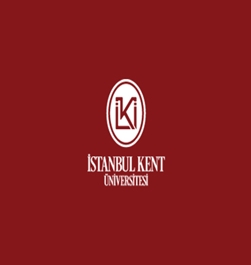HEAD OF DEPARTMENT
In an era where visual culture is becoming increasingly dominant, design goes beyond the production of objects or content—it is a practice of thinking, intervening, and transforming. At the Department of Visual Communication Design at Istanbul Kent University, we aim to cultivate designers who are creative, critical, and ethically aware.
Our educational approach considers visuality, communication, and design as three interrelated pillars. We encourage our students not only to produce with digital tools, but also to understand design as a mode of thinking, questioning, and expression. Alongside technical skills, we provide space for creative thinking and production across a broad spectrum—from handcrafted works to new media forms.
A critical perspective lies at the heart of our program. We emphasize graduates who are not only capable of producing high-quality work, but who also question the world they live in, analyze visual culture, and evaluate communication forms from a critical angle.
Our diverse international student community creates a rich and polyphonic environment for cultural exchange. This dynamic structure enables our students to encounter different perspectives and develop their capacity for creative thinking on a global scale.
Sustainability is one of the core principles of our educational philosophy. We approach visual communication not merely as an aesthetic endeavor, but as a practice carrying social and environmental responsibility, and we support our students in creating with this awareness.
Our graduates can work in advertising agencies, digital media and interactive design studios, publishing, game design, user experience (UX) fields, or pursue their own creative ventures. Equipped with both technical and conceptual skills, they take their place in the sector as professionals capable of developing creative campaigns, designing user-centered digital interfaces, and producing critical visual narratives. One of our greatest aspirations is for them to create works that engage with social issues and contribute critically to visual culture.
With the hope of thinking and creating together about the present and future of visual storytelling, we invite you to become a part of this journey.



